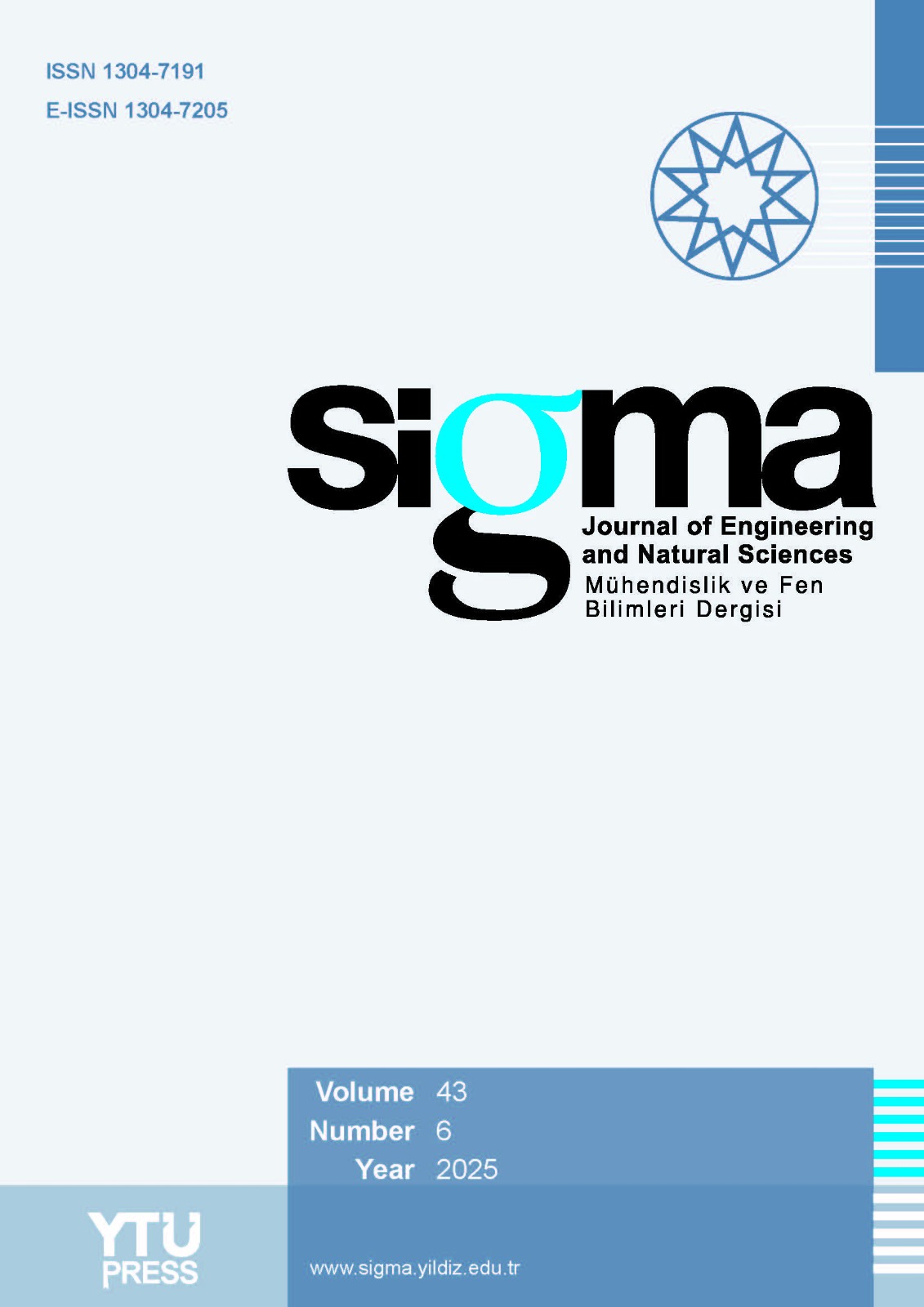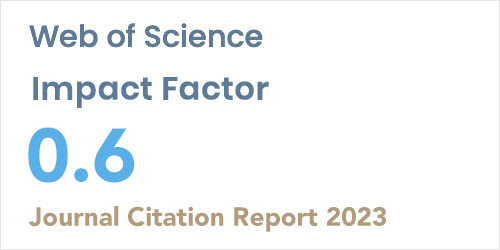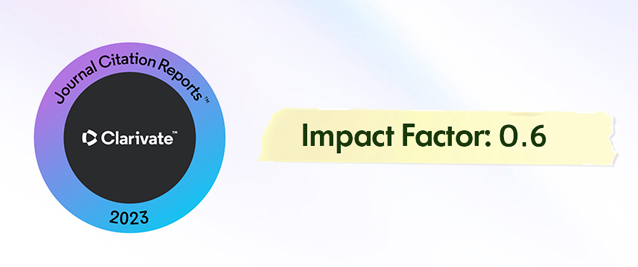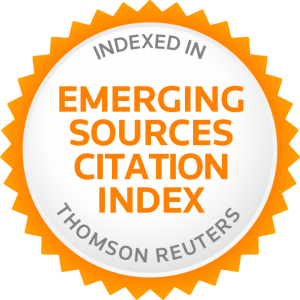Abstract
This study examines the connections between essential variables that affect solar energy modeling, such as global horizontal radiation, transposition factor, global incident radiation, energy availability, and horizon band radiation. The PVsyst software evaluates two existing solar radiation models—Hay and Perez—to examine their effects on the energy production of a photovoltaic system in Baghdad City, Iraq. While both models forecast identical global horizontal irradiation, the Perez model yields a superior transposition factor and worldwide incident irradiation owing to its incorporation of horizon band irradiation. The Perez model attains a yearly energy availability of 4792.7 kilowatt-hours, surpassing the Hay model's 4687.2 kilowatt-hours. These findings indicate that incorporating horizon band irradiation markedly enhances the precision of energy yield predictions. The Hay model presents simplicity, whereas the Perez model delivers a more thorough and accurate assessment, especially in scenarios with significant diffuse and near-horizon radiation. This study improved photovoltaic system design by emphasizing the significance of comprehensive solar radiation modeling.














